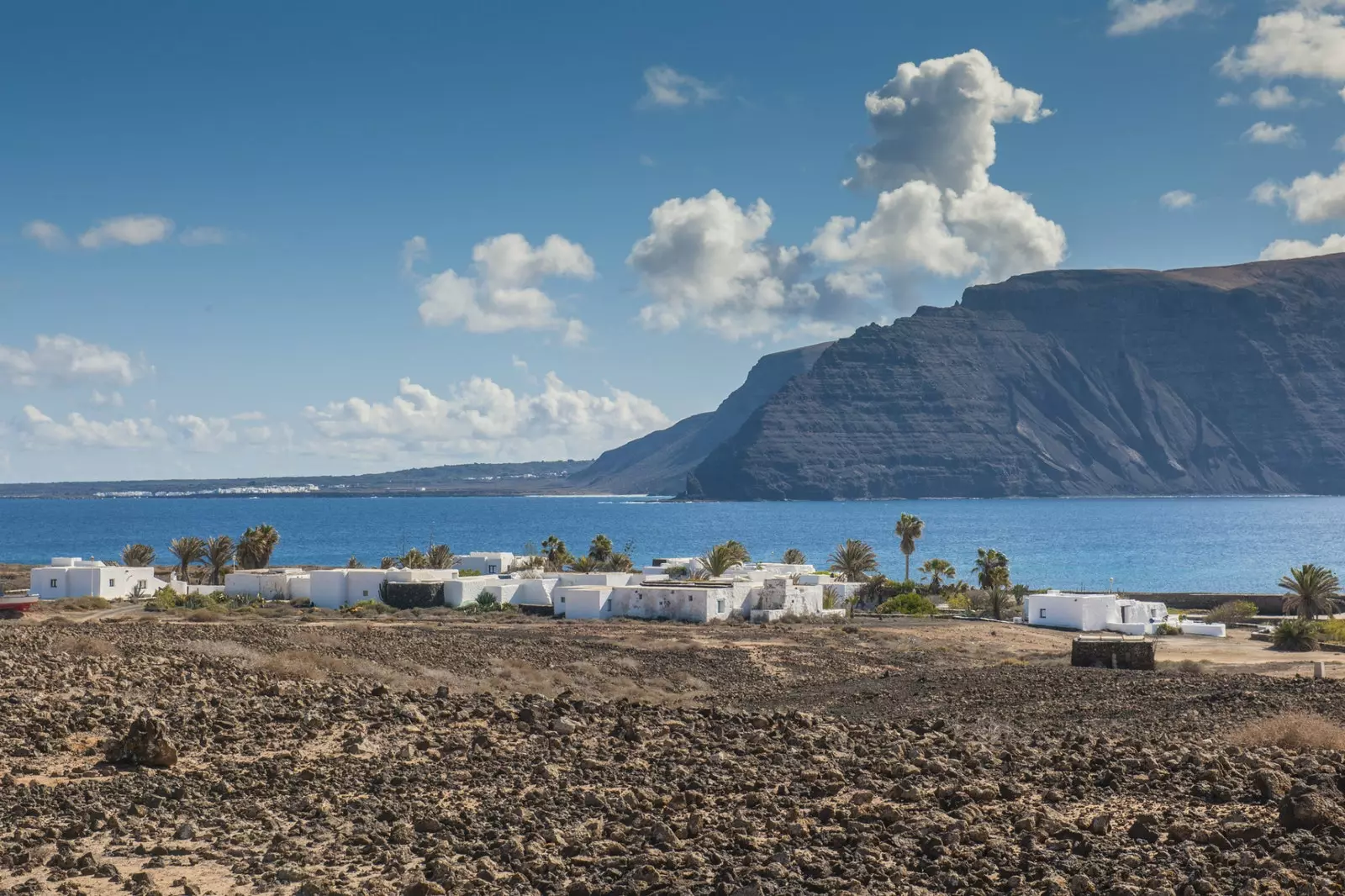
Casas de Pedro Barba, one of the two idyllic villages of La Graciosa.
That being La Graciosa of the group (of islands of the Canary archipelago) is over. More than 30 years it has taken this piece of land of 29 square kilometers to get the recognition as the eighth inhabited island of the Canary Islands, but finally the General Commission of the Autonomous Communities of the Senate has voted unanimously yes and we are happy for the 700 islanders who reside, for the most part, in the two main towns: La Caleta de Sebo and Pedro Barba Houses.
Now it's up to the rest of us to go to its virgin whitewater beaches, its dirt roads, its charming guest houses and its intact seabed to see first-hand everything that makes it unique and charming. For this reason, we present a simple guide for use and enjoyment that shows the best of the eighth wonder of the Canary Islands.
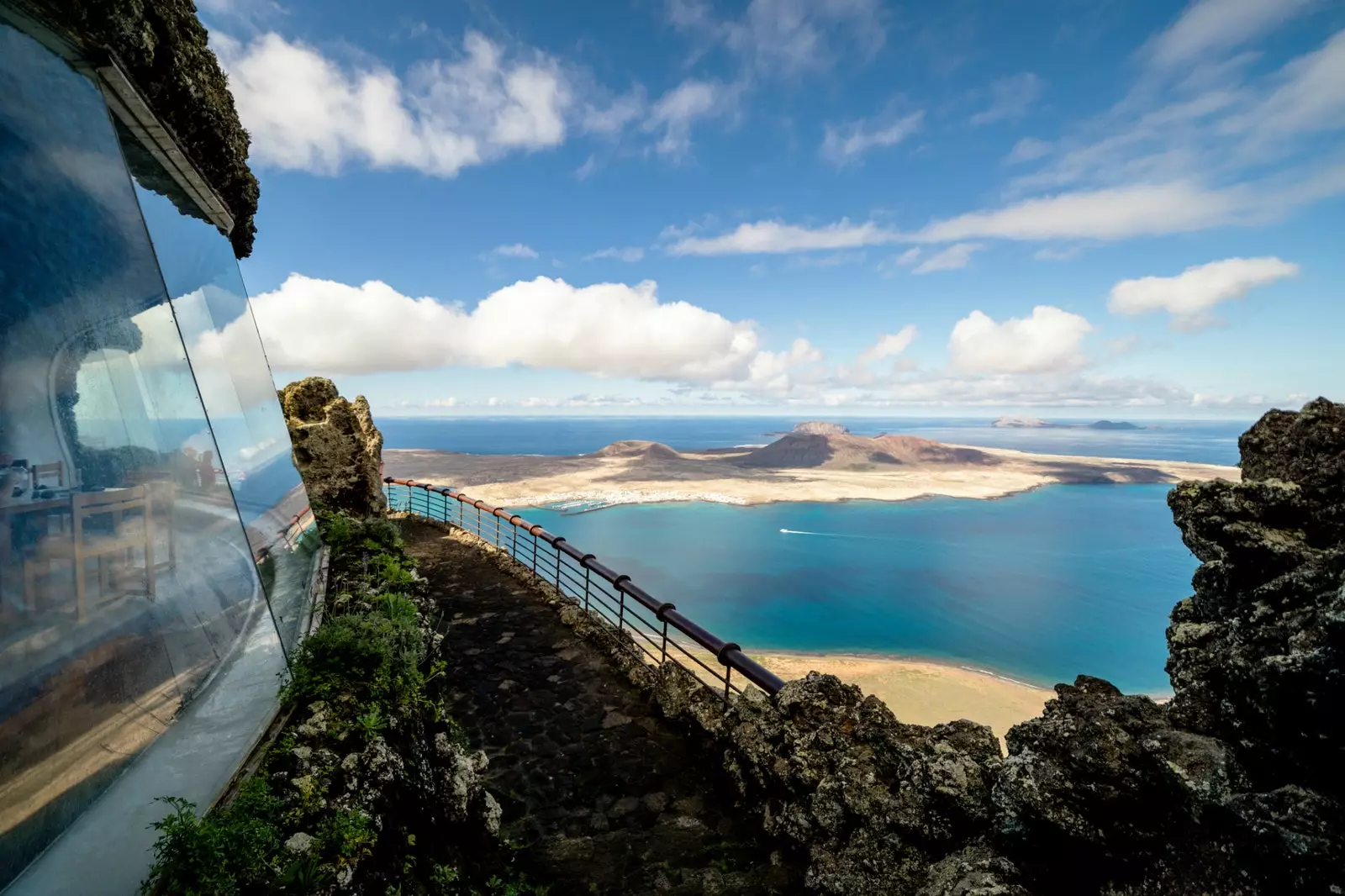
Mirador del Río, the work of César Manrique in Lanzarote, with the island of La Graciosa in the background.
HOW TO GET
There are several regular ferry lines that leave for La Caleta de Sebo more or less every half hour from the port of Órzola, in Lanzarote.
Biosfera Express, a 100% graciosera family business linked to the world of deep-sea fishing, offers several types of boats with which to save the short 30-minute journey that separates both islands, but without a doubt we are left with their sailing catamaran with solarium for sunbathing and trampolines (€20 round trip, children €11).
Ten times a day, the ships of Líneas Romero, perhaps the best known company, depart from Órzola to navigate the 3.8 nautical miles (about 7 kilometres) that run along the narrow sea channel that separates the island of Lanzarote from the island of La Graciosa and is called El Río there (€20 round trip) .
Naviera Armas also takes care of this section, the only downside is that it only has one daily departure from both Lanzarote and La Graciosa: at 8.30 and 8.00 respectively (€18 round trip).
Take the opportunity to see from the boat the Mirador del Río de César Manrique, at the top of the Risco de Famara, in Lanzarote, from a different perspective: from below, in low angle and in the distance, you will perceive much better how integrates naturally with the environment without interfering with it.
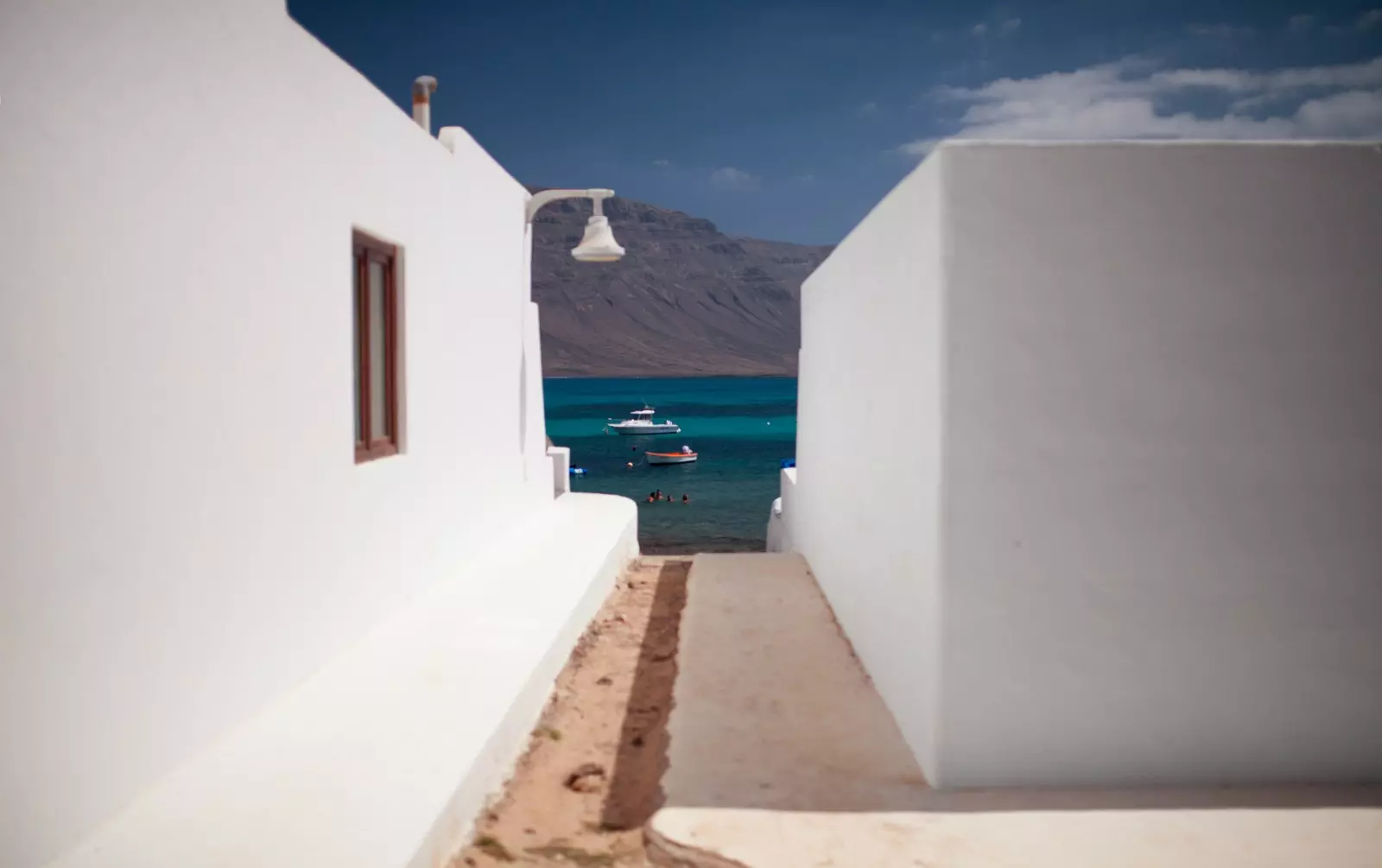
In La Graciosa the streets are unpaved and the houses are simple, white and whitewashed.
WHERE TO SLEEP
The accommodations on the island are quite simple, mostly apartments. The first boarding houses that emerged in Caleta de Sebo, Pensión Girasol (Margarona, 1; tel. 928 842 101) and Casa Enriqueta (Mar de Barlovento, 6; tel. 928 842 084), are still active, and in the latter the restaurant is a claim for the quality of its fish of the day. Fried octopus, brothy rice, wrinkled potatoes, sancocho, sama on the back... and, to top it off, homemade chocolate cake. Do not expect elaborate elaborations or creative presentations, here what rules is the quality raw material.
Another slightly more careful option in terms of decoration is Evita Beach Apartments and Suites, where some spaces are inspired by different parts of the world, such as Asia, Marrakech or Mykonos.
When you're lying on one of their Balinese beds with views of the port and the cliffs of Lanzarote, We urge you to use your imagination so that you try to recreate the dangerous work carried out by the funny women when in the last century the island was practically isolated: first –always aware of the tides and the force of the wind– they approached by boat from La Graciosa up to the Risco de Famara, then climbed up its steep walls to reach the area where they got the food and finally lowered the merchandise on their heads to the ship.
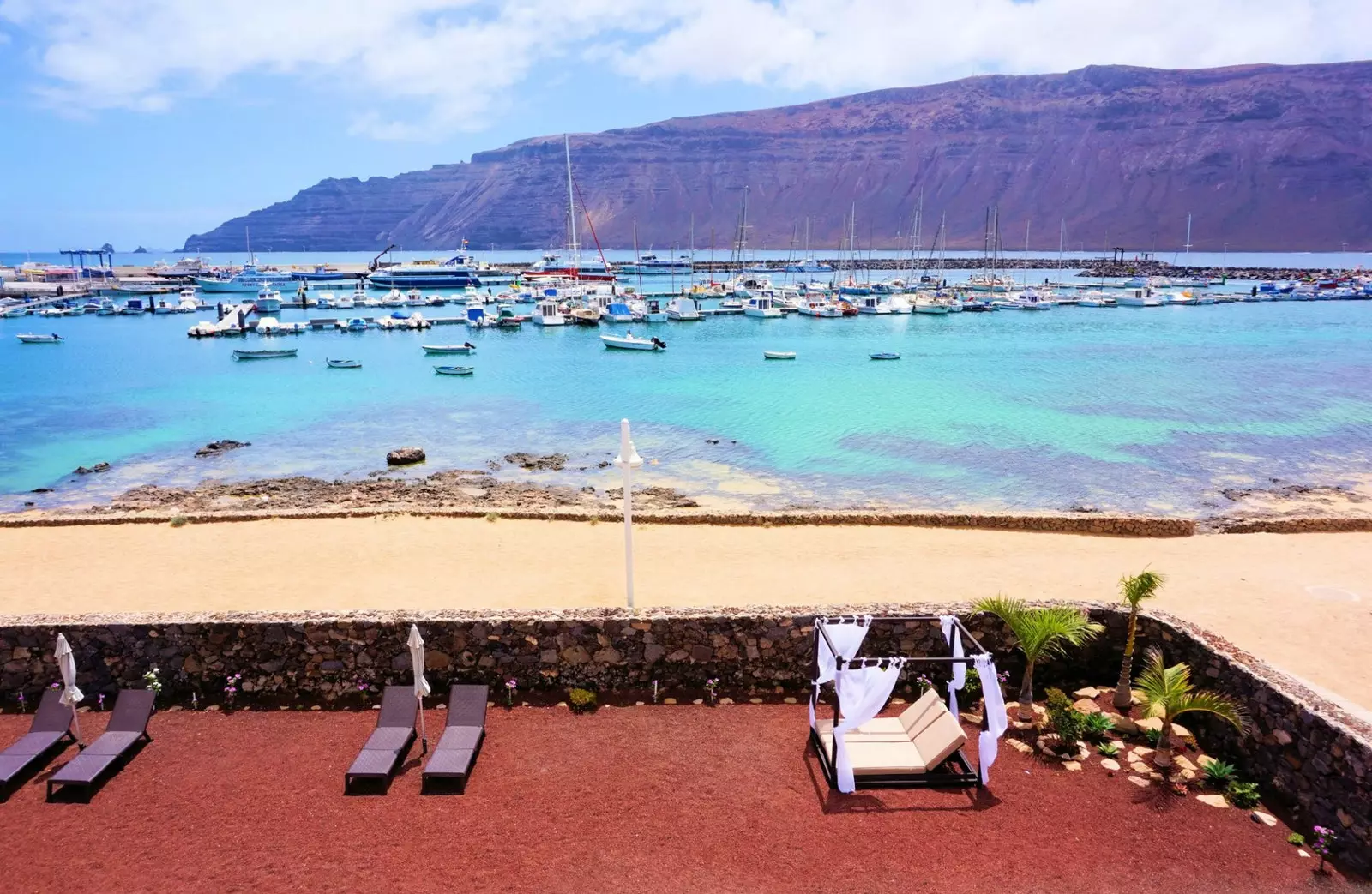
Terrace with Balinese beds at Evita Beach, in La Graciosa.
BEACHES
Except for La Laja beach, located right in Caleta de Sebo, the rest of the sandbanks are wide and difficult to access, since in most cases you have to get there on foot after a short walk between paths.
shell beach, in the northwest of the island, it is the best known for its spectacular views (it is flanked by the Bermeja mountain) and the golden color of its sand. It will surprise you how lonely it is in light of its spectacular beauty, but you will understand when you go to jump into the water with all your excessive enthusiasm and you come across the also excessive bravery of the Atlantic.
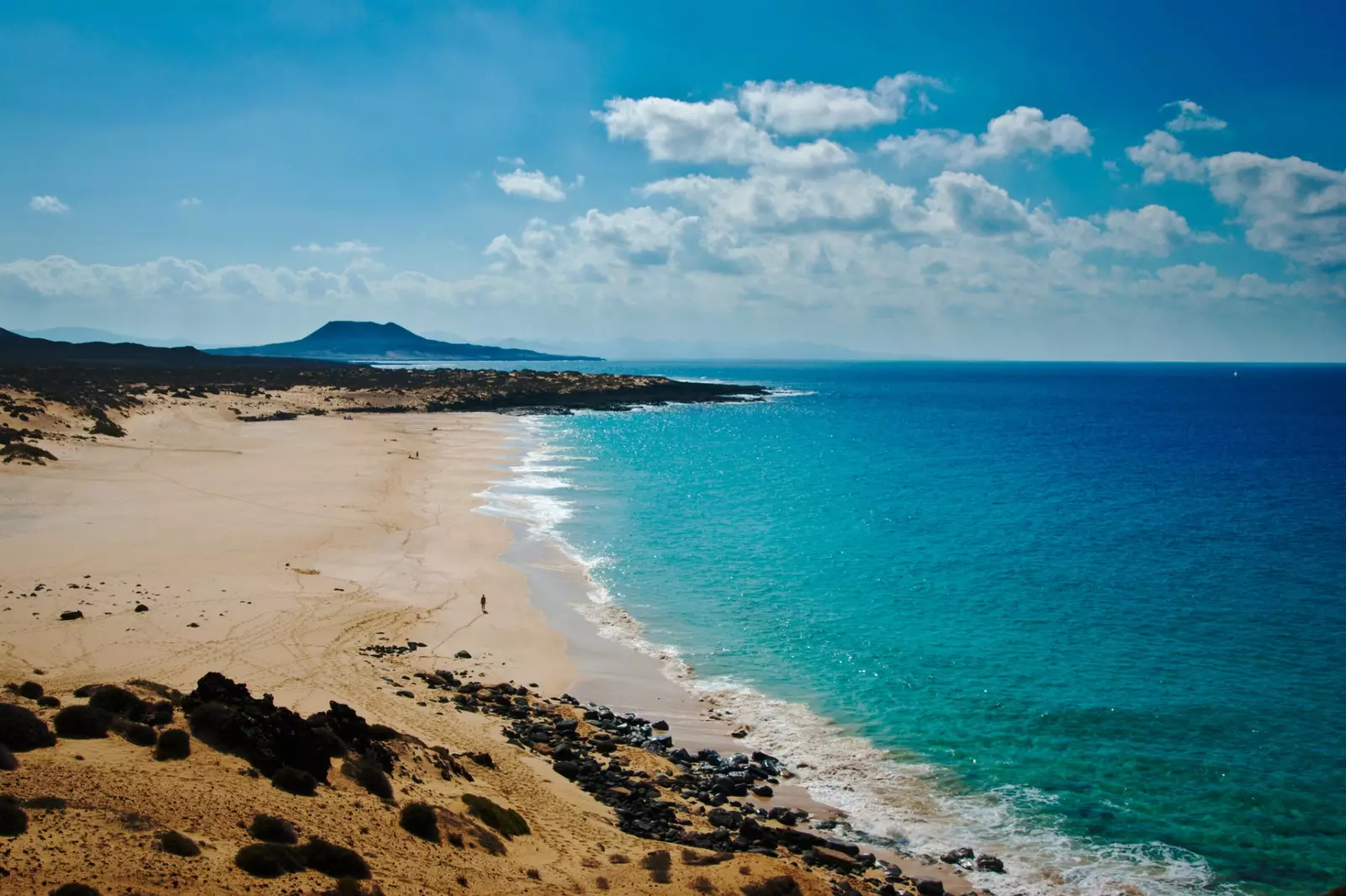
Infinite sandy area of Las Conchas beach, in La Graciosa.
Also to the north is the wild beach of La Lambra, whose white sand contrasts with the volcanic rocks of the coast, which a little further up form natural arches of basalt stone several meters high called Los Arcos.
In the south of the island, next to the famous Yellow Mountain of La Graciosa, whose yellowish color comes from the calcareous materials that compose it, are La Cocina beach, sheltered by a bay, and Francesa beach, which at high tide becomes a kind of lagoon.

Bahía de la Cocina, at the foot of the Yellow Mountain of La Graciosa.
TO DO
The 70,000 hectares of the Marine Reserve of La Graciosa and the islets to the north of Lanzarote arrived in 1995 to extend the terrestrial protected area of the Chinijo Archipelago Natural Park (1984) and to accompany the Biosphere Reserve that the island has been since 1992.
A triple protection that makes the road traffic on the island is prohibited, so there are three options to move around its network of marked trails and from which you should never leave so as not to damage the environment: on foot, by bike (which are rented in Caleta de Sebo for less than ten euros) or off-road, only driven by authorized persons (about €50 the route).
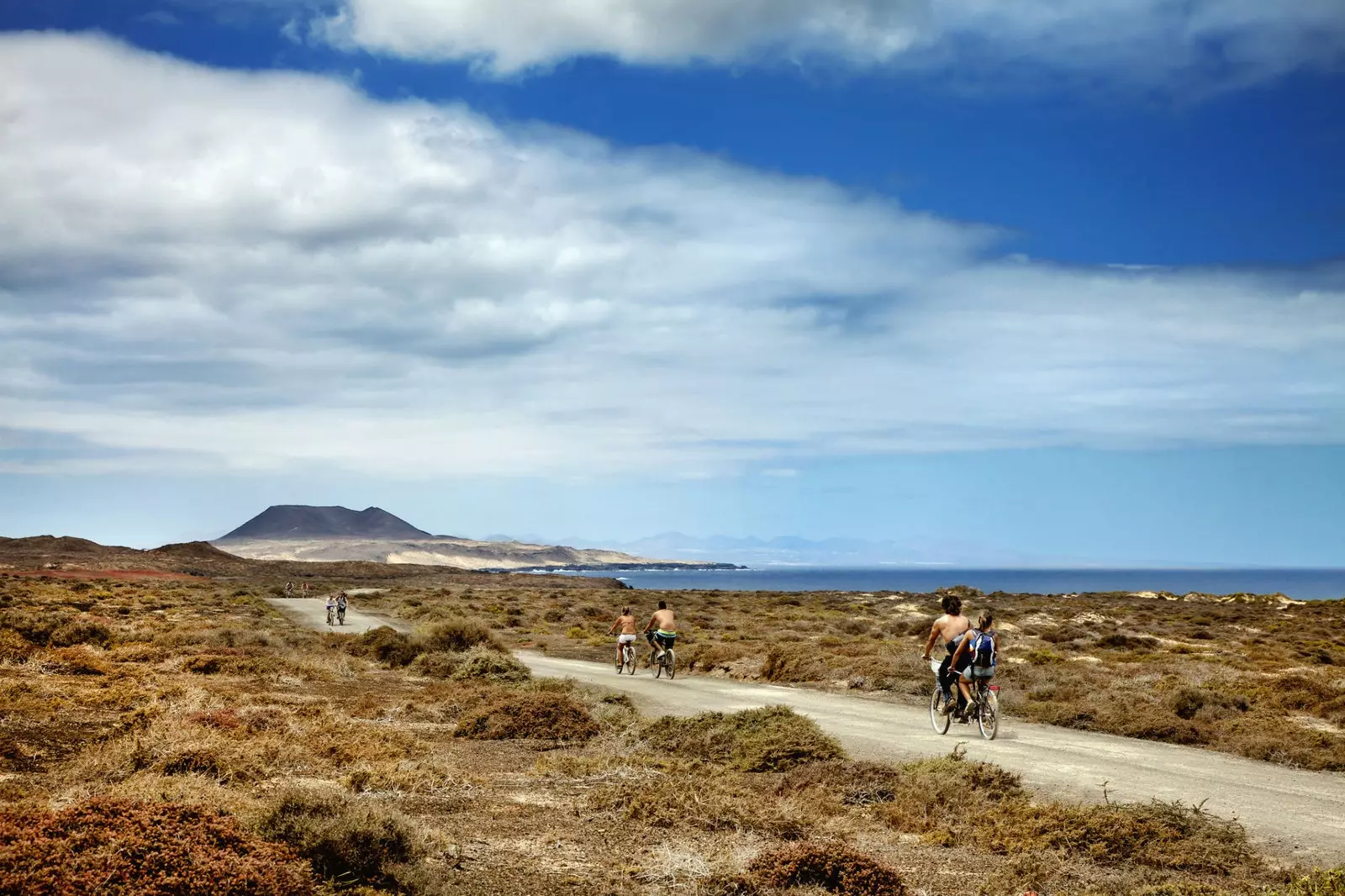
The bicycle is the most suitable means of transport to move around La Graciosa.
The reserve's biodiversity is abundant and the best way to discover its seabed is by going to the Chinijo Archipelago Diving Center to live the experience first-hand, either with an underwater baptism or with a course to obtain the PADI.
If you don't feel ready yet, rent some fins and a snorkel mask and stay on the surface snorkeling. The turquoise and crystalline blue of this area of the Atlantic will make you feel as if you were diving in the depths of the ocean.
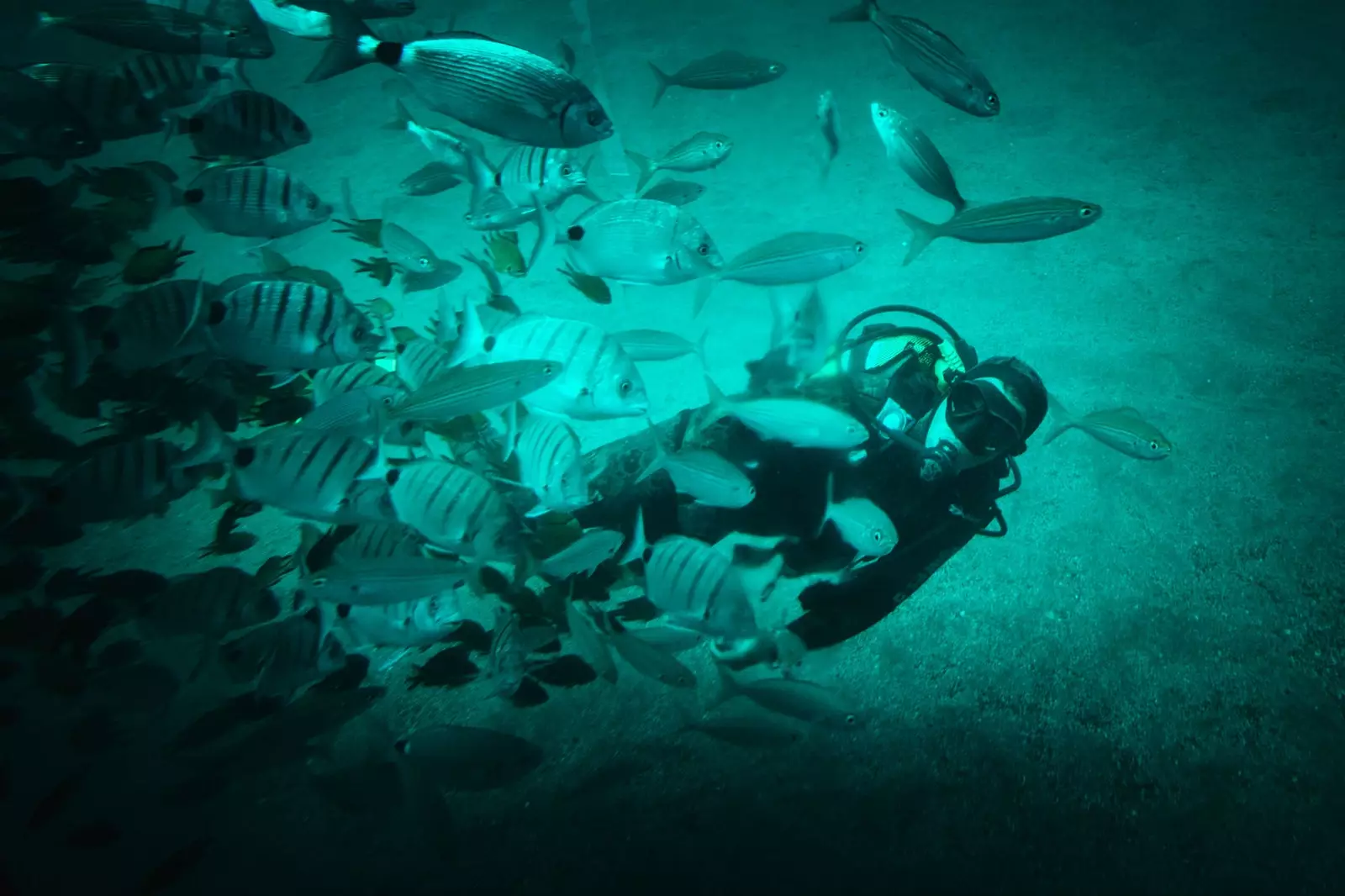
Practice scuba diving in the Marine Reserve of La Graciosa and the islets in the north of Lanzarote.
